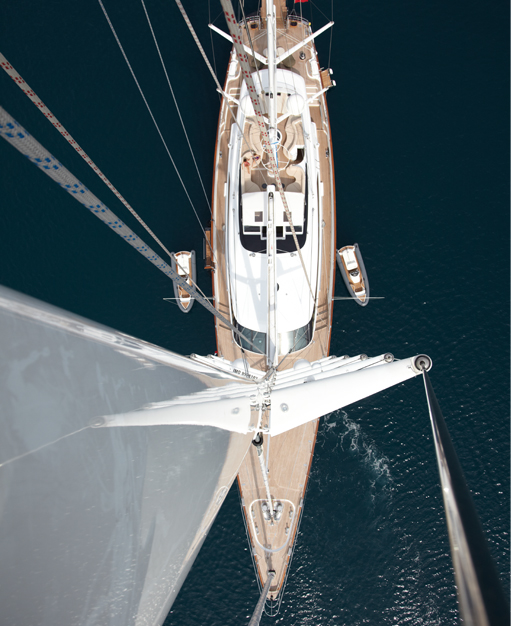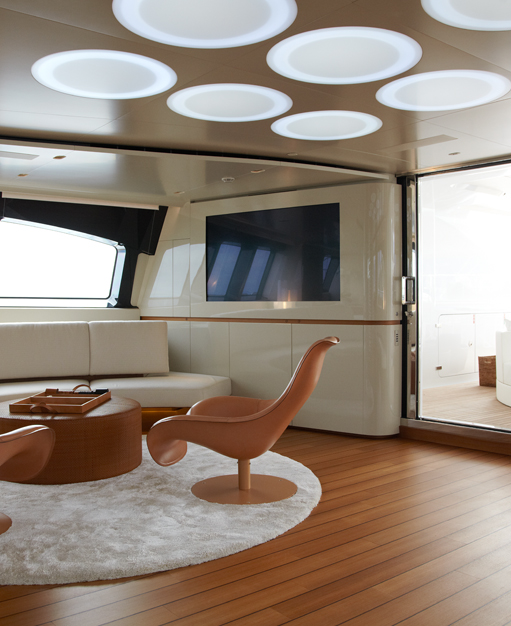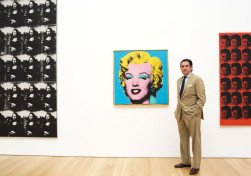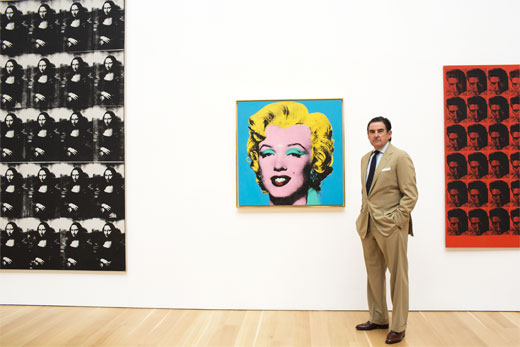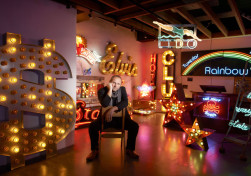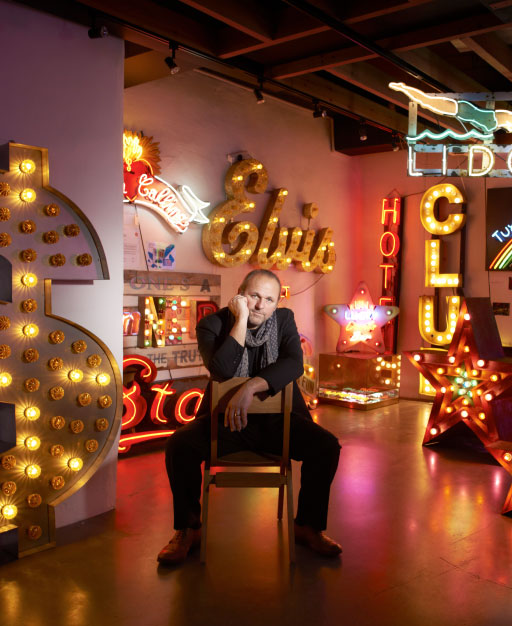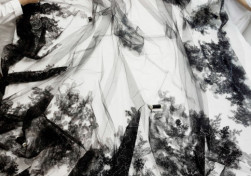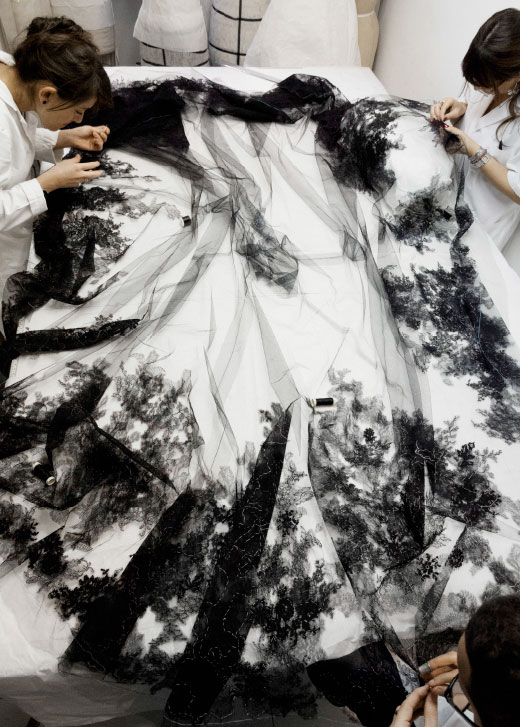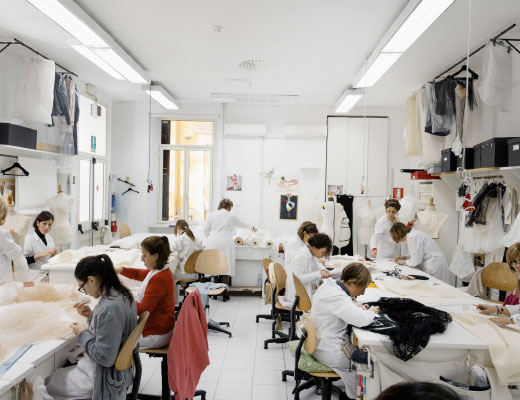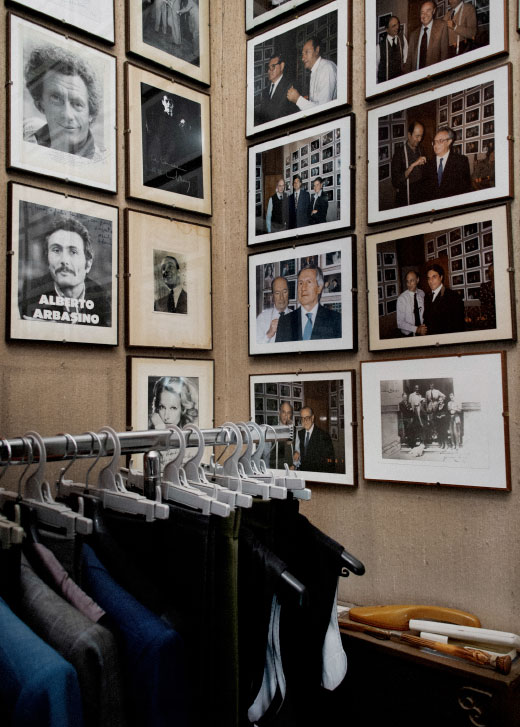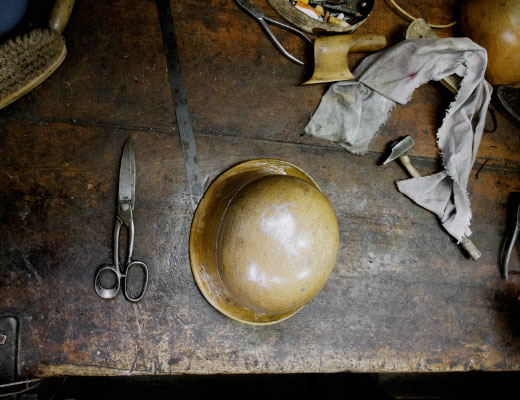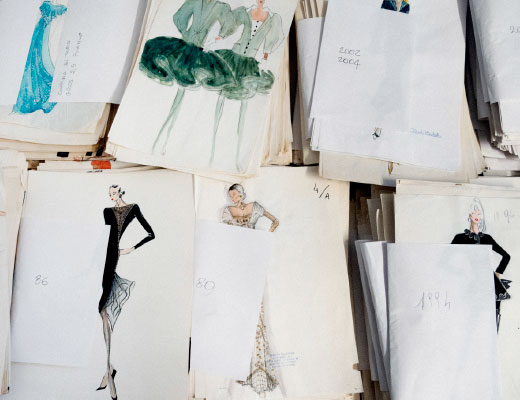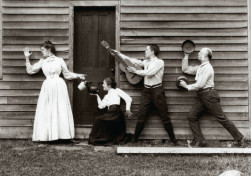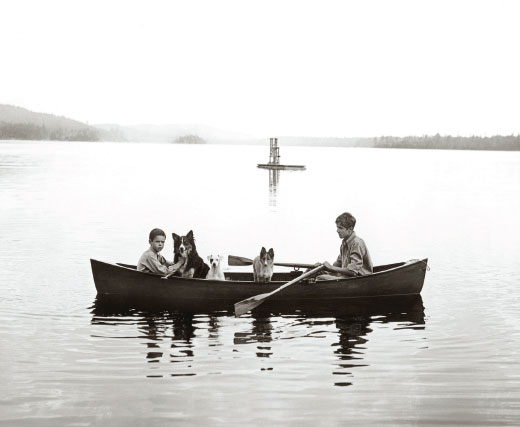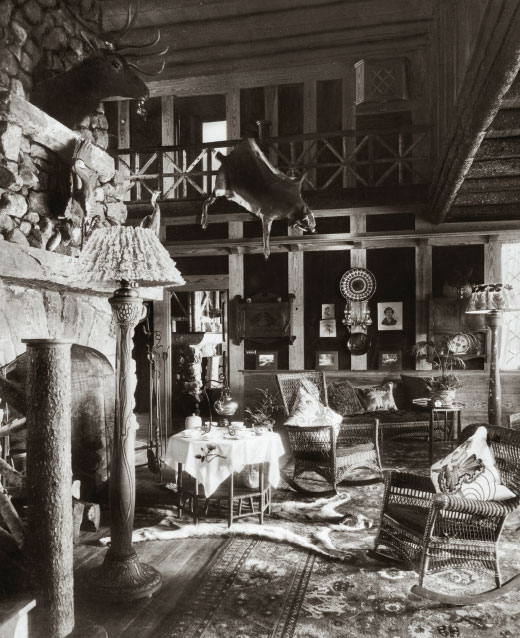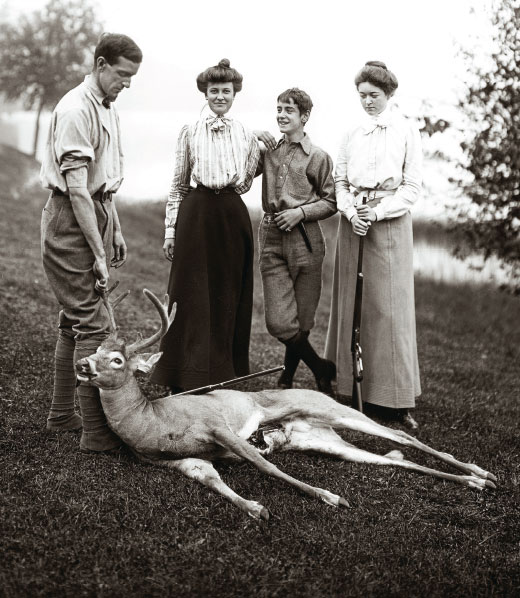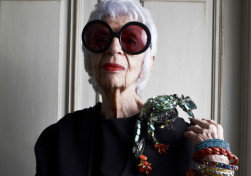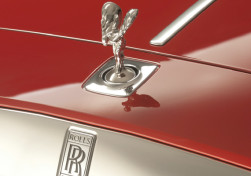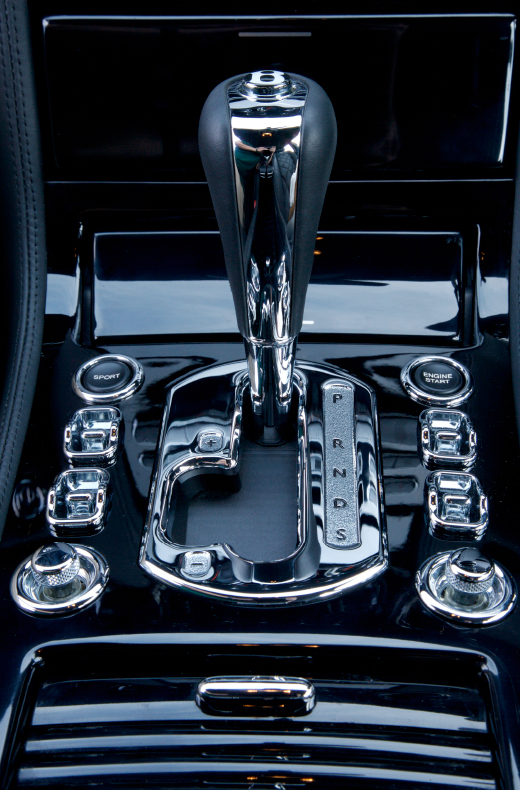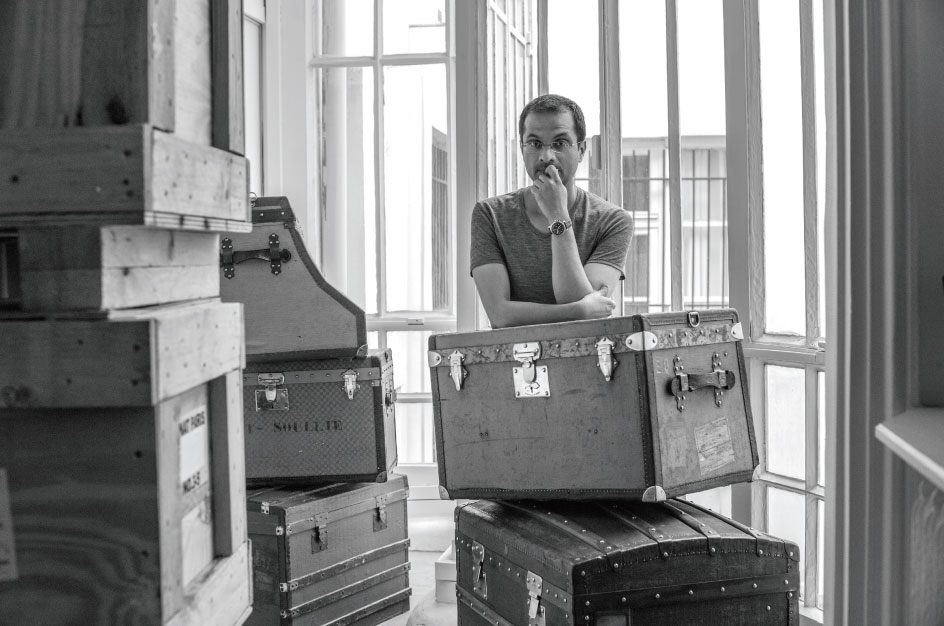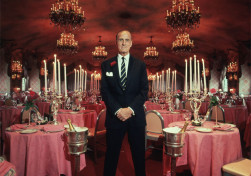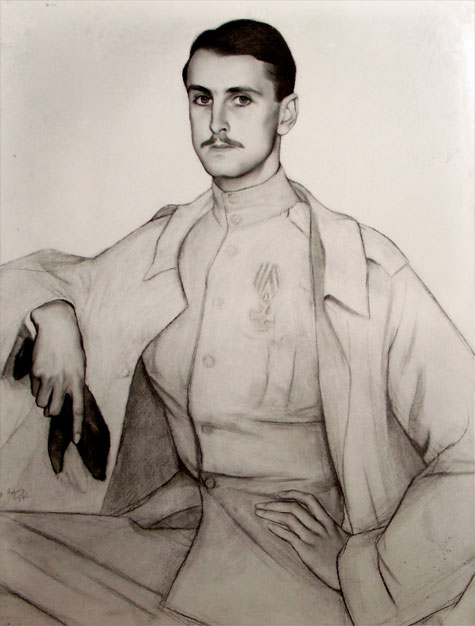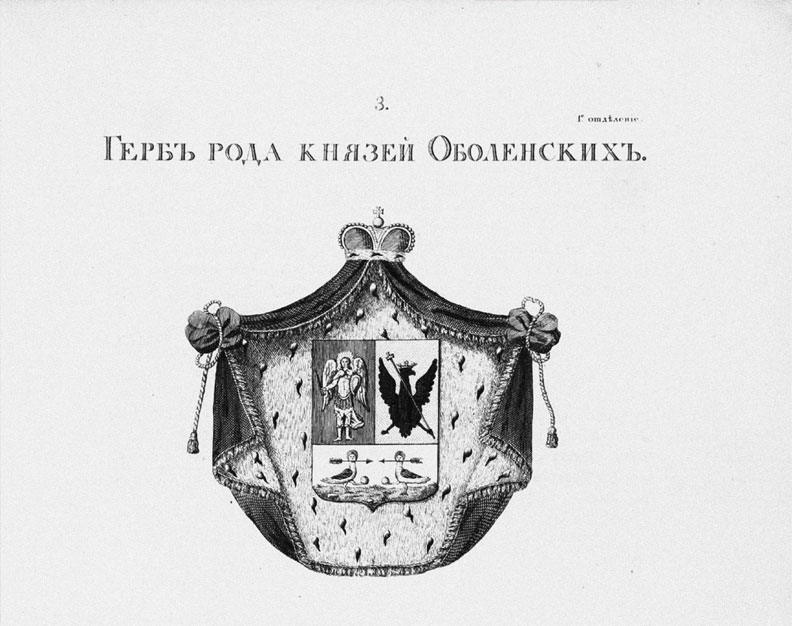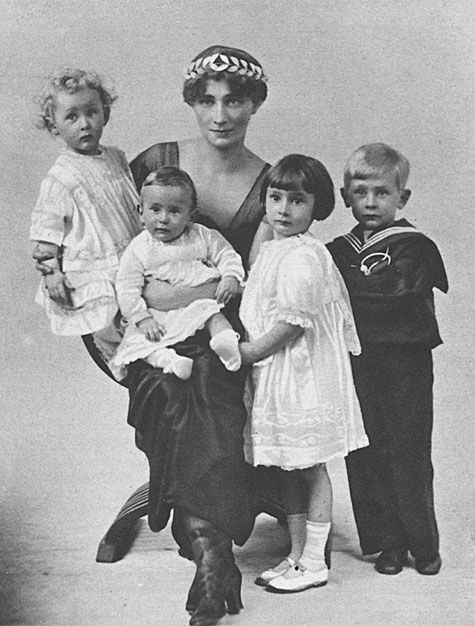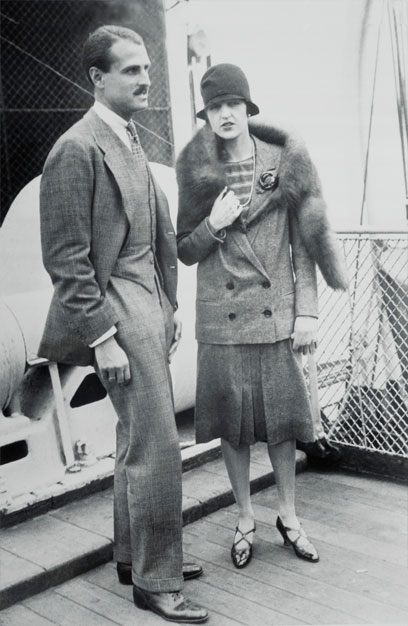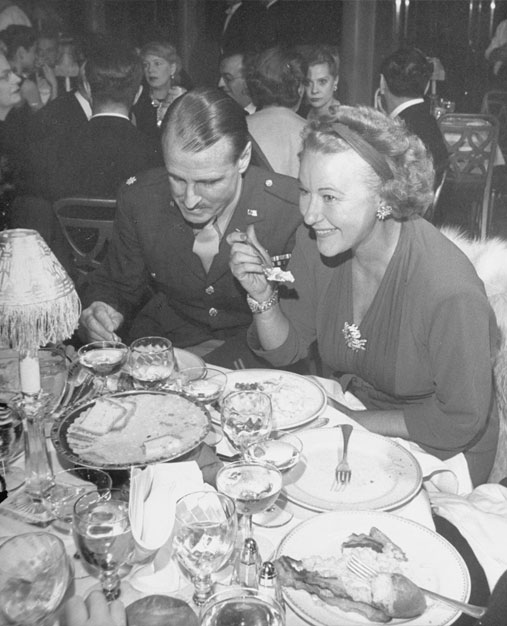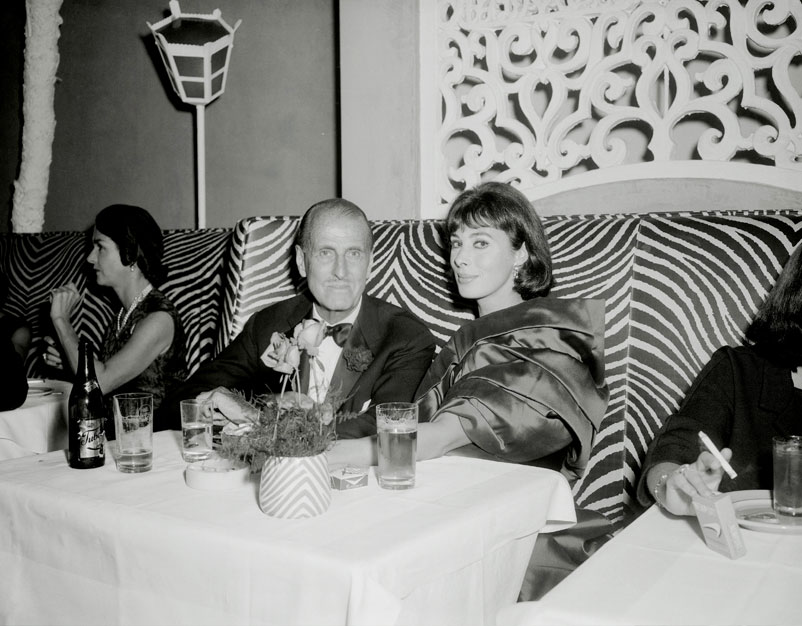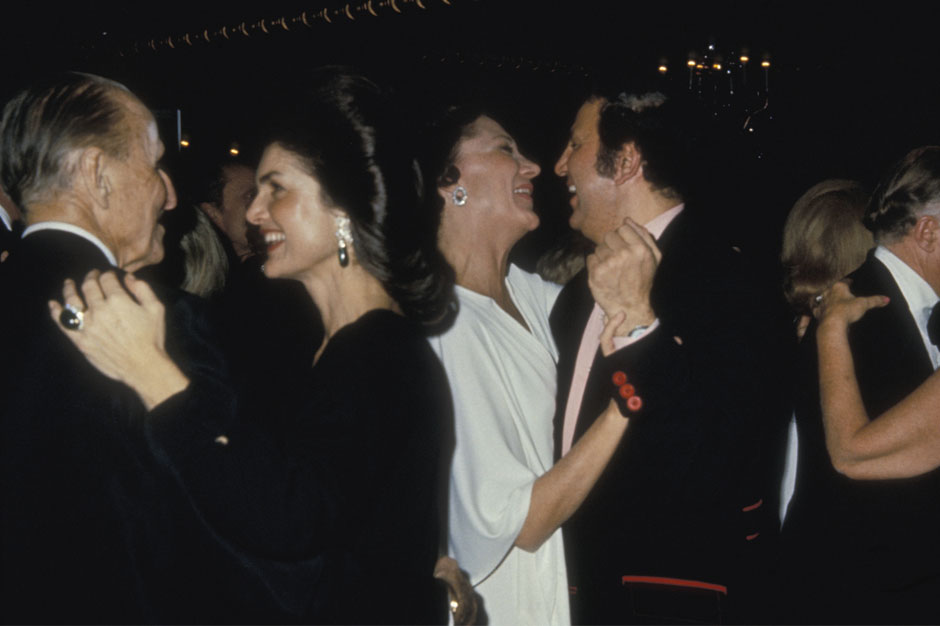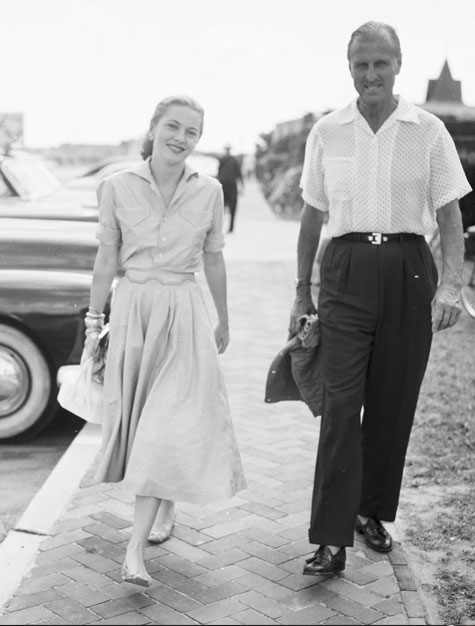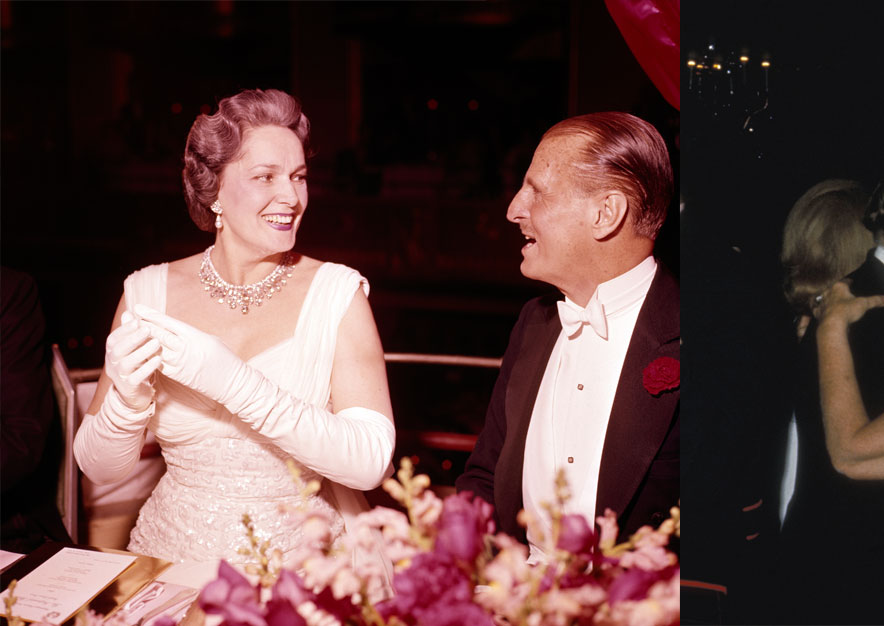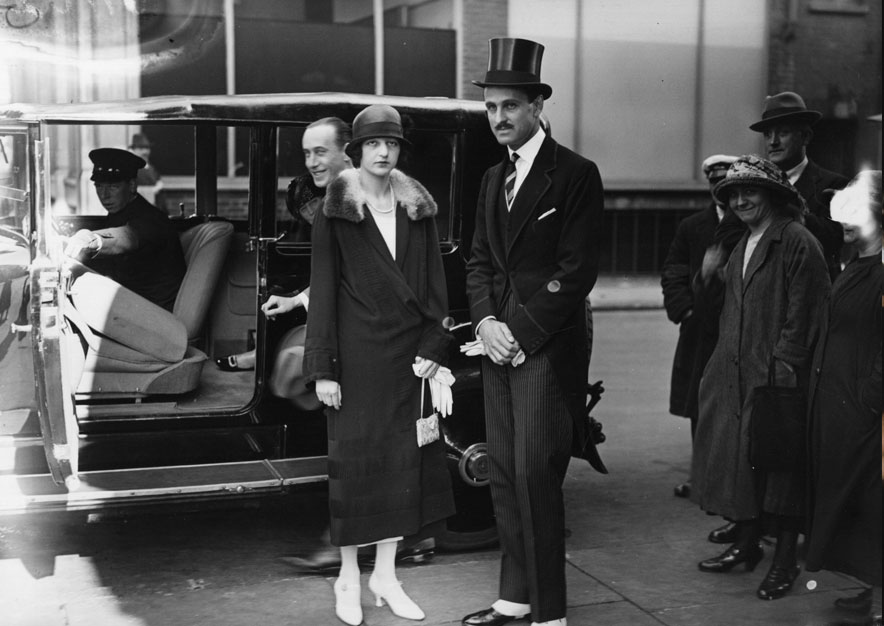Yachts have come a long way since the days when even the grandest was still made of wood, with sails of cumbersome cloth, each requiring a dozen sailors to manhandle. As the competitors crossed the finishing line of the America’s Cup in San Francisco Bay this summer, their racing yachts looked more like vessels from the space program than descendants of the traditional sailing yacht. Take, for example, the Cup’s defender, BMW Oracle Racing and its boat USA 17. Following years of research and millions of dollars of investment, this 113ft trimaran is powered by a 225ft wingsail, the largest wing ever built for a vessel on sea and as big as that of a Boeing 747. Effectively an airplane on the water, it is so fast that a customized “chase boat” with quadruple high-performance engines had to be built just to enable the support team to keep up with her. But then the America’s Cup is not only the world’s oldest trophy in international sport – it dates back to 1851 – but it is also one of the hardest to win.
At this year’s competition, during which St. Regis was the official hotels and resorts partner of the America’s Cup, thousands flocked to witness the head-to-head racing of yachts that boast the finest sail technology, engineering and design ever seen. The influence of the America’s Cup on the world of sailing cannot be underestimated. While historically owners of sailing yachts were primarily those who prized the sport and romance of sailing and would compromise on comfort, speed and value, in recent years many owners with little or no sailing experience have joined the ranks of wind-powered, as opposed to fossil-fuel-powered boats. Today, if you conducted a survey of all the superyachts on the sea, you would find that more than 20 per cent have sails that can power their hulls as fast as any motorized counterpart, and they are using technology previously only available for professional sailing yachts to do it.
According to Simon Goldsworthy, yacht broker at Camper & Nicholsons, developments in technology and yacht design have removed many of the previous disadvantages of sail over motor. “Far from being slow and unwieldy, the sailing yachts of today are fast and can use even light winds to make decent speed,” he says. “And because now you will pay about the same for a 150ft sailing yacht as you will for a 150ft motor yacht, the choice is really just a question of preference.”
Indeed, far from being a rustic or low-tech alternative to their motorized counterparts, sailing vessels have had to become even more advanced in engineering and technology terms to power them by wind alone. It was the invention in the 1990s of the captive hydraulic winch by Fabio Perini of Perini Navi that really changed the landscape for luxury sailing yachts. By creating large winches that could be operated by the mere push of a button, Perini enabled these large sailing yachts to be run by a similar number of crew as a motor yacht of equivalent length. Today, even the largest of these super sailing yachts can be handled effectively by one person from the helm, with crew to help with any technical hitches, and, of course, to cater to the whim of every guest on board. The technical advances of these sailing yachts have been just as noticeable inside as out. With an increasingly youthful ownership, have come interiors more in line with boutique hotels and contemporary apartments than the gentlemen’s-club interiors of the past, lined in cherry wood and mahogany. Take the 184ft Panthalassa, for instance, with its innovative pale-wood interior by Foster + Partners, or the 289ft Maltese Falcon, which is more space-age than clipper-era. In yachts such as these, says Peder Eidsgaard, creative director at yacht design company Eidsgaard Design, it is now not unusual to have a flybridge, which doubles the amount of space for outdoor entertaining, as well as a “beach club”, Jacuzzi and swimming pool with contra-flow technology to allow guests to have a proper swim on board.
Accommodation, too, has evolved. “Thanks to advances in naval architecture,” says Justin Redman, partner of yacht designers Redman Whiteley Dixon, “yachts can be designed to have much larger volumes within the hull without impairing sailing performance. This means substantially increased comfort, as well as sophisticated amenities, from hi-tech audio-visual systems to cinemas, gyms and spas.” The Maltese Falcon, for example, has an outdoor movie theater; and many of the 184ft Perinis, including the recently refurbished Parsifal IV, have gyms in their beach club areas. Unsurprisingly, pioneers of interior yacht design – Jon Bannenberg, Alberto Pinto and John Munford, and more recently Redman Whiteley Dixon, Andrew Winch, Remi Tessier, Bannenberg & Rowell and Eidsgaard Design – are also the people to whom private-jet companies turn for their interiors. Not only do the same techniques and principles apply, but also the same materials, which must be both lightweight and incredibly strong. The hulls of the most hi-tech racing yachts, for instance, will be built from composite materials, such as a carbon-and-Kevlar-sandwich, and the sails from composite materials such as 3DL. This means that, even if the owners aren’t professional racers, their vessels have a chance of winning one of the big super-yacht regattas such as the St. Barths Bucket, held in the Caribbean, and the Loro Piana superyacht regatta off Sardinia’s Costa Smeralda.
Interestingly, many of the largest and most advanced sailing yachts have been built by technology entrepreneurs, a lot of whom are from the San Francisco area and Silicon Valley. Jim Clark (the founder of Netscape) first started the trend with his yacht, the 156ft Hyperion, built at the Royal Huisman shipyard in Holland. Designed to be so automated that he could sail her from his desk in Silicon Valley, at her launch in 1998 Hyperion was not just the most advanced sailing yacht in the world, but the most advanced yacht, period. He then followed up with the 295ft three-masted schooner, Athena, which at the time of her launch in 2004 was the largest private sailing yacht ever built. Another tech star who wanted to build something that broke the boundaries was Bill Joy, owner of the 190ft Ethereal. Joy was the founder of Sun Microsystems, and he is often referred to as “the Edison of the internet” for the role he played in its development. Joy again chose to build his yacht at the shipyard that many regard as the pinnacle in quality and engineering terms, Royal Huisman. Although not the largest yacht yet built, Joy’s use of cutting-edge technologies made Ethereal a first when she was launched in 2009. Her design and build were so groundbreaking that new technologies and research in bio-engineering were required. Her hybrid electromechanical propulsion system allows her to charge batteries instead of using generators under sail. Her lighting (largely dimmable LED)not only uses less energy than standard systems but produces less heat, which lightens the load on air-conditioning units. Her water system recycles energy… the list of innovations to make this yacht as green as possible goes on.
Tom Perkins is best known as the founder of the venture capital firm Kleiner Perkins, which backed eBay. Another business visionary, he chose to breathe life into a design that had been sitting on the drawing board of Gerard Dijkstra since the 1960s, when technology was not advanced enough for it to be made. Dijkstra’s DynaRig concept chose to stand conventional rigging theory on its head by removing the necessity for having rigging at all, with each mast able to spill wind from its sails by rotating using hydraulics. Perkins chose Perini Navi to build this rule-breaker for him at their new shipyard in Turkey, and the result was the 289ft Maltese Falcon, which, at her launch in 2006, quite simply blew the yachting community away with her space-age looks and blistering performance.
With every year comes another yacht that is bigger and better than the last. Currently the 247ft Mirabella V is the largest sloop (single-masted sailing yacht) afloat, with some of the most hi-tech gadgetry invented to operate the rigging in her towering 290ft mast. Although the 305ft EOS is the world’s largest sailing yacht, she won’t remain so for long. A sailing yacht of more than 328ft is being built by Oceano, and a sloop of 331ft is being constructed by Dubois. But none will be as large as the 462ft Dream Symphony, due for launch in 2014. As is typical in the superyacht world, very little is known about her, other than that her Russian owner also owns the yard in Turkey where she is being built. Although Dream Symphony will be the world’s biggest sailing yacht within a year, chances are she won’t have that crown for long. Given the technical advances made on both America’s Cup yachts and their superyacht relations, and the increasing appreciation of the engineering required to maneuver a vessel of this size by wind alone, sailing yachts are becoming an increasingly viable choice for the owners of super-yachts. As oil prices increase, and a younger and more eco-conscious ownership group emerges, this trend can only continue.
Your address: The St. Regis San Francisco
Images by ACEA/Photo Gilles Martin-Raget

